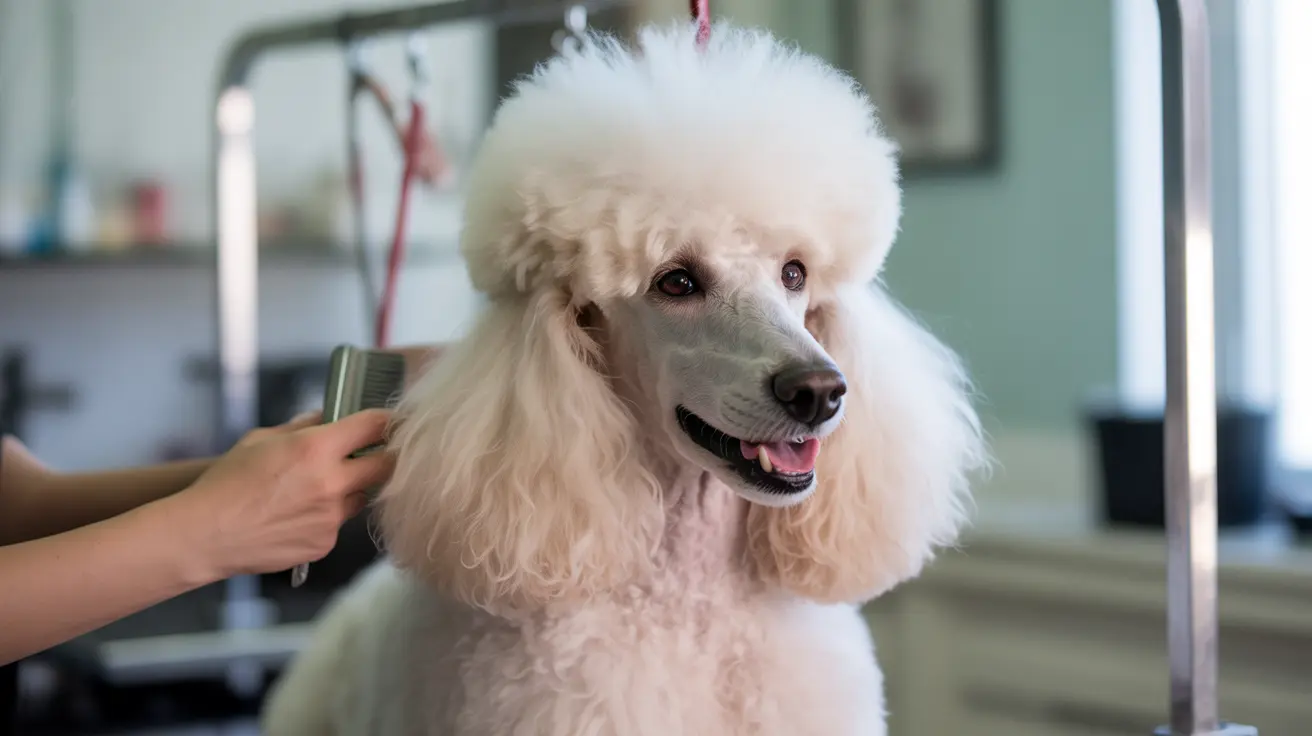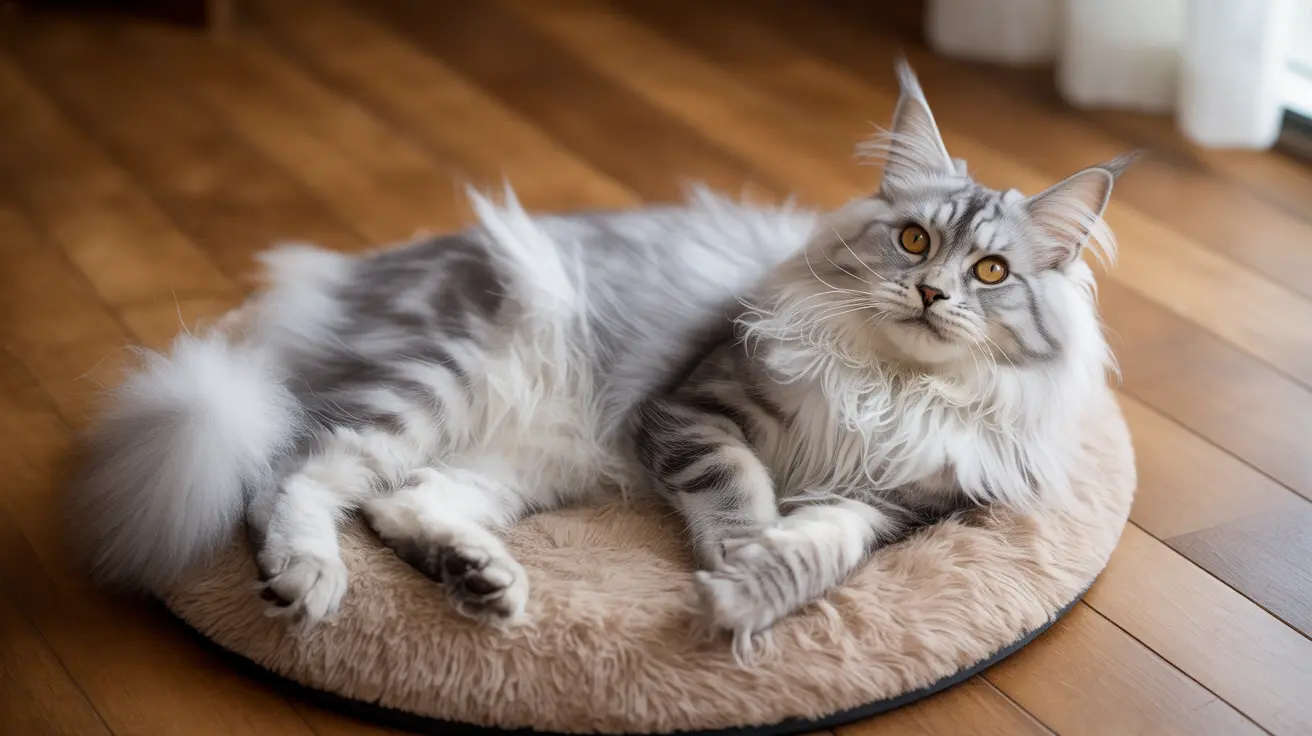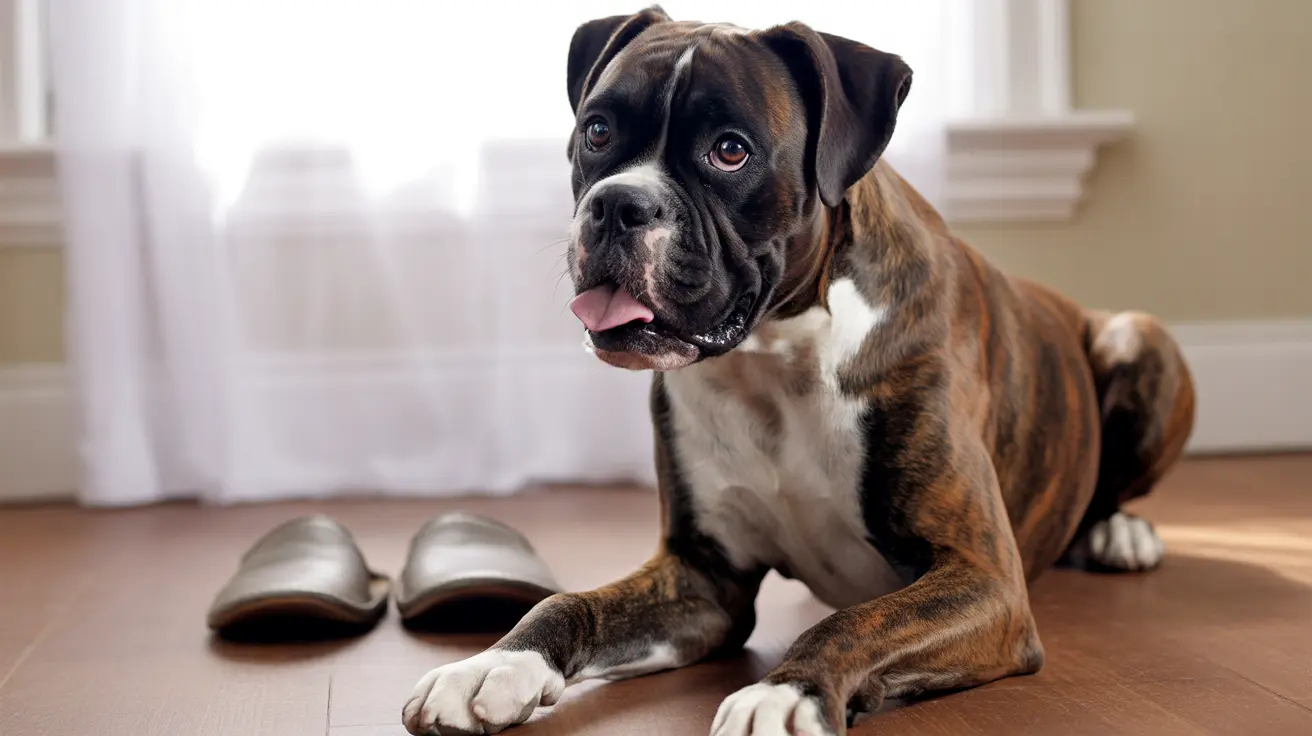10 Best Low Shedding Dog Breeds: Your Complete Guide to Clean, Allergy-Friendly Companions
For many dog lovers, the joy of pet ownership comes with one significant challenge: managing excessive shedding. Hair on furniture, clothes, and floors can become overwhelming, particularly for allergy sufferers or those who prefer a cleaner home environment. Fortunately, numerous low shedding dog breeds offer the perfect solution, combining the companionship you crave with minimal hair maintenance.
Choosing the right low-shedding breed involves more than just hair quantity—it's about finding a companion that matches your lifestyle, grooming commitment, and living situation. While no dog is completely hypoallergenic, many breeds produce significantly less dander and shed minimal hair, making them excellent choices for sensitive households. This comprehensive guide explores the top 10 low shedding dog breeds, their unique characteristics, and essential care requirements to help you make an informed decision.
Understanding Why Some Dog Breeds Shed Less Than Others
Shedding varies dramatically among dog breeds due to differences in coat structure and genetic factors. Low shedding dog breeds typically have coats that grow continuously rather than following traditional seasonal shedding patterns. These breeds often possess curly, wiry, or continuously growing hair that traps loose strands rather than releasing them into your environment.
It's important to understand that coat length doesn't determine shedding quantity. Short-haired dogs don't necessarily shed less than long-haired breeds—the coat type and structure matter more. Additionally, while these breeds shed minimally, they often require more intensive grooming to prevent matting and maintain coat health.
Top 10 Low Shedding Dog Breeds
1. Poodle (Toy, Miniature, and Standard)
Poodles consistently rank among the most popular low shedding dog breeds due to their exceptional intelligence and minimal hair loss. Available in three sizes, Poodles have curly coats that trap loose hair rather than releasing it. Their hair grows continuously, requiring regular professional grooming every 4-6 weeks. Poodles are highly trainable, making them excellent family companions for households seeking both cleanliness and intelligence in their pet.
2. Maltese
The Maltese is a small breed with a silky white coat that sheds very little. These charming dogs require regular grooming to maintain their luxurious appearance and prevent matting. Despite their delicate appearance, Maltese dogs are sturdy and make excellent companions for apartment living. Their coats can be kept long for show purposes or trimmed short for easier maintenance.
3. Bichon Frise
Bichon Frises are small, cheerful dogs with distinctive curly coats that grow continuously instead of shedding. These happy-go-lucky companions require daily brushing to prevent mats and regular professional grooming. Their powder-puff appearance and friendly disposition make them excellent family pets, particularly for those dealing with allergies.
4. Yorkshire Terrier
Yorkshire Terriers possess long, silky coats that shed minimally, making them popular among apartment dwellers. Their hair can be kept long or trimmed short for easier care. Despite their small size, Yorkies have bold personalities and require consistent training. Regular brushing and occasional professional grooming keep their coats healthy and tangle-free.
5. Schnauzer (Miniature and Standard)
Both Miniature and Standard Schnauzers are energetic companions that shed very little. Their distinctive wiry coats require hand-stripping or clipping to maintain their characteristic appearance. Schnauzers are intelligent, loyal dogs that make excellent watchdogs while maintaining minimal shedding throughout the year.
6. Havanese
The Havanese is a small breed with a soft double coat that sheds minimally when properly maintained. Regular brushing or clipping helps prevent tangles and keeps their coats healthy. These playful, adaptable dogs are excellent for families and adapt well to various living situations while maintaining their low-shedding characteristics.
7. Portuguese Water Dog
Portuguese Water Dogs are medium-sized, athletic breeds with dense, wavy coats that shed very little. Originally bred for water work, these energetic dogs enjoy swimming and require regular exercise. Their coats need consistent grooming but reward owners with minimal hair around the home. They're excellent choices for active families seeking a larger low-shedding companion.
8. Basenji
Known as the "barkless dog," the Basenji is a small, energetic breed with minimal shedding and often lacks typical dog odor. These intelligent, independent dogs require simple grooming compared to other low-shedding breeds. Their short coats and natural cleanliness make them excellent for owners seeking minimal maintenance while still enjoying reduced shedding.
9. Shih Tzu
Shih Tzus are small dogs with thick, flowing coats that shed minimally but require constant grooming attention. Their coats can be kept long for a traditional appearance or trimmed short for easier care. These friendly, adaptable dogs make excellent companions for families willing to commit to regular grooming schedules.
10. Chinese Crested
The Chinese Crested comes in both hairless and powderpuff varieties, both considered low-shedding. Hairless varieties require skincare rather than traditional grooming, while powderpuffs need regular brushing to prevent matting. These unique dogs offer minimal shedding with distinctly different care requirements depending on the variety.
Essential Grooming Requirements for Low Shedding Breeds
Low shedding dog breeds typically require more intensive grooming than high-shedding breeds. Most need daily brushing to prevent matting and professional grooming every 4-12 weeks depending on the breed. Regular brushing helps catch loose hair before it falls and maintains coat health. Many owners find that investing in quality grooming tools and establishing consistent routines significantly reduces maintenance challenges.
Professional grooming costs vary by breed and location but represent an ongoing expense that potential owners should consider. Some breeds, like Poodles and Bichon Frises, require specialized cuts that maintain their coat structure and minimize matting. Others, like Schnauzers, may need hand-stripping to preserve their characteristic texture.
Creating an Allergy-Friendly Environment
While low shedding dog breeds produce fewer airborne allergens, creating a truly allergy-friendly environment requires additional steps. Regular bathing and grooming reduce dander production, while HEPA air purifiers help remove airborne particles. Keeping certain rooms dog-free can limit allergen spread throughout your home.
Remember that dog allergens come from dander, saliva, and urine rather than hair alone. Even low-shedding breeds produce these allergens, so no dog is completely hypoallergenic. Frequent cleaning of dog bedding, washing hands after petting, and maintaining clean living areas all contribute to reducing allergic reactions.
Choosing the Right Low Shedding Breed for Your Lifestyle
When selecting from low shedding dog breeds, consider your living situation, activity level, and grooming commitment. Smaller breeds like Maltese and Yorkshire Terriers suit apartment living but may require more frequent professional grooming. Larger breeds like Portuguese Water Dogs need more exercise but may have longer intervals between grooming sessions.
Consider the total cost of ownership, including grooming expenses, when choosing your breed. While these dogs shed less, their grooming requirements often result in higher maintenance costs than traditional shedding breeds. Factor in your available time for daily brushing and your budget for professional grooming services.
Managing Expectations with Low Shedding Breeds
While low shedding dog breeds significantly reduce hair around your home, they're not maintenance-free. Most require daily brushing, regular professional grooming, and consistent care to maintain their low-shedding characteristics. Some breeds, like Poodles and Bichon Frises, develop mats quickly without proper care, potentially leading to skin issues and increased grooming costs.
Training and socialization remain equally important regardless of shedding level. Many low-shedding breeds are intelligent and require mental stimulation to prevent behavioral issues. Consider your experience level with dog training and whether you're prepared to invest time in proper socialization and obedience training.
Frequently Asked Questions
Are low shedding dog breeds completely hypoallergenic?
No dog breed is 100% hypoallergenic. While low shedding dog breeds produce fewer allergens, they still generate dander, saliva, and urine proteins that can trigger allergic reactions. These breeds are better choices for allergy sufferers, but individual reactions vary significantly.
Do low shedding breeds require more grooming than regular dogs?
Yes, most low shedding dog breeds require more intensive grooming than high-shedding breeds. Their coats often grow continuously and need daily brushing plus professional grooming every 4-12 weeks to prevent matting and maintain coat health.
Which low shedding breed is best for families with children?
Bichon Frises, Havanese, and Poodles are excellent choices for families with children due to their friendly temperaments and minimal shedding. Consider the dog's size relative to your children's ages and your family's activity level when making your selection.
How much do professional grooming services cost for these breeds?
Professional grooming costs vary by location and breed but typically range from $50-150 per session. Breeds requiring specialized cuts or hand-stripping may cost more. Factor these ongoing expenses into your budget when choosing a low-shedding breed.
Can I reduce shedding in any dog breed through diet or supplements?
While proper nutrition supports coat health, you cannot significantly change a breed's natural shedding pattern through diet alone. High-quality food with omega fatty acids may improve coat condition, but genetic factors primarily determine shedding levels.
What's the difference between low-shedding and non-shedding dogs?
No dog is completely non-shedding. Low shedding dog breeds lose significantly less hair than average breeds, but all dogs naturally shed some hair as part of their coat renewal process. The difference lies in the quantity and frequency of hair loss.
Are mixed breeds like Labradoodles reliably low-shedding?
Mixed breeds like Labradoodles, Goldendoodles, and Schnoodles often inherit low-shedding traits from their Poodle parentage, but coat characteristics can vary significantly between individual dogs. First-generation crosses may have more variable shedding patterns than established purebreds.
Conclusion
Choosing from the many low shedding dog breeds available today can significantly improve your quality of life while maintaining the joy of pet ownership. From the intelligent Poodle to the charming Maltese, each breed offers unique characteristics that suit different lifestyles and preferences. Remember that reduced shedding comes with increased grooming requirements, so consider your time commitment and budget when making your selection.
The key to success with any low shedding dog breed lies in consistent grooming, proper training, and creating an environment that supports both you and your pet's needs. By understanding the specific requirements of your chosen breed and maintaining realistic expectations, you'll enjoy years of companionship with minimal hair cleanup and reduced allergic reactions.





